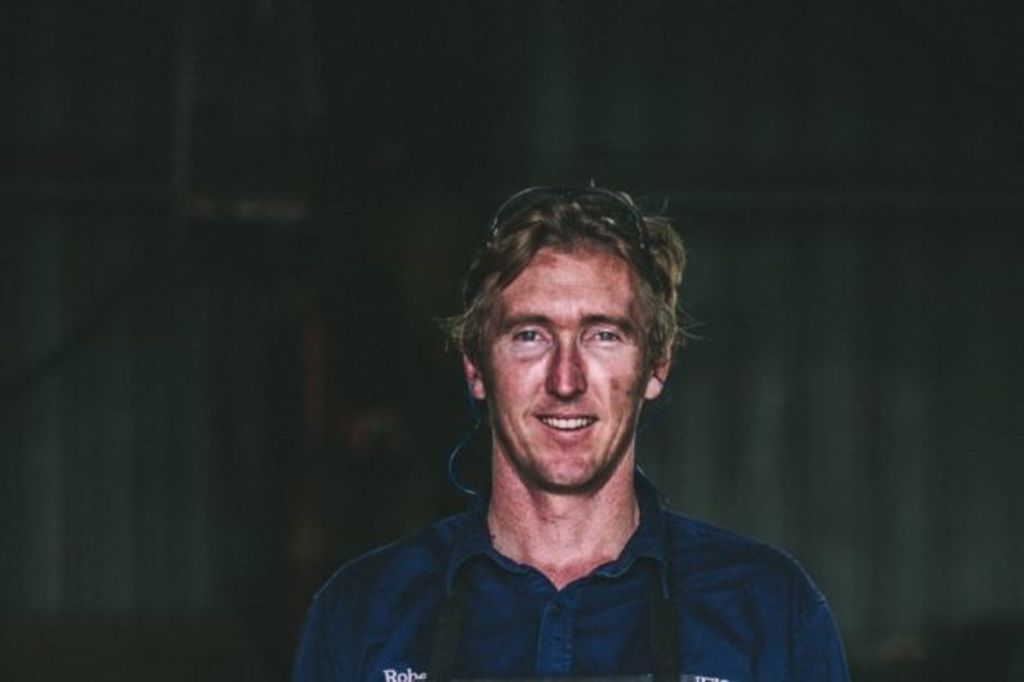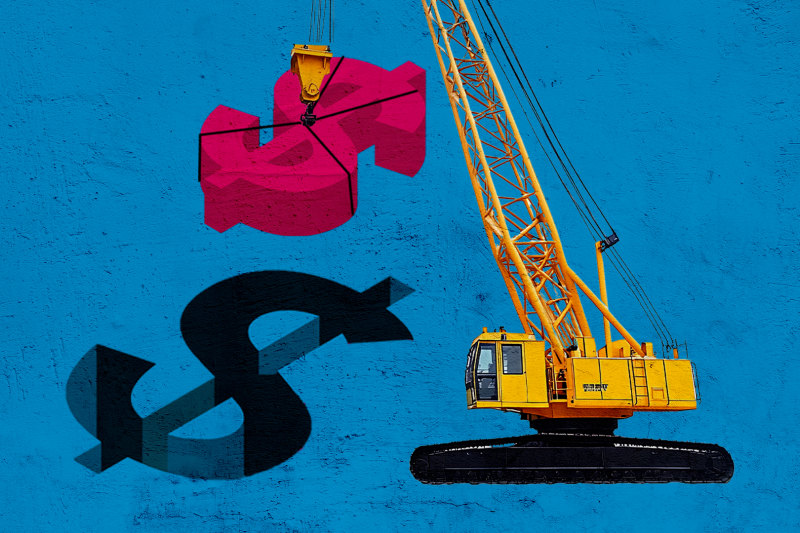How Robert Everingham is reviving the age-old tradition of blacksmithing

For blacksmith Robert Everingham, soot, sweat and searing heat is just another day in the office. While his skills and processes are of the traditional European method, his aesthetic, he says, is distinctly his own.
“I do a good share of traditional work, but am more contemporary in style,” says Everingham. “My key inspiration is nature and its fluidity. It makes for an interesting contrast with the materials I work with. It can be challenging to soften steel and give it an elegant flow.”
Working as a blacksmith for nearly 20 years, Everingham founded his eponymous business, Ironfist by Robert Everingham, in 2001.
“I trained in Sydney under Swiss blacksmith, Hans Schappi, learning the numerous forging techniques you require to become a blacksmith, as well as the fundamentals like welding and fabrication,” he says.
Working from his studio in Brisbane’s south side, Everingham’s team has swelled to five.
“The project sizes and workload have increased,” he says. “We work with private clients, architects and companies to create custom-made pieces, from small to substantial, like the ironwork for St Johns Anglican Cathedral in Brisbane. Each piece is different and extremely time-consuming, and can take weeks to go from design through to completion.”
Everingham’s process begins with a design brief, and is followed by multiple sketches before the forging and manufacturing process can begin. “Forging is very much a process of heating and hammering, and then reheating and hammering again,” he says. “We repeat the process until the desired effect is achieved.”
Raised in country Queensland, Everingham is the only son of a creative family that includes an artist and two jewellers. He is, not surprisingly, innately artistic. “A good eye is an asset in this job,” he says. “The forging process relies on it because you need to be able to visualise your end product. It can be a game of patience.”
- Related: Australia’s ceramicists taking the industry by storm
- Related: The latest retro trend making a comeback
- Related: The biggest trends from Denfair 2017
Everingham says that while some consider blacksmithing a dying art, he senses a revival.
“There are not many of us around,” he says, “but there are still people out there who are interested, even at a hobby level. The attraction I think, is that it is an art often perceived as quite romantic – the heat of the forge and working on an anvil to create something unique and beautiful.”
Along with other traditional arts, like ceramics, weaving and woodwork, sustainability has assisted in reinstating and modernising the art of blacksmithing.
“It is very much a renewable art form,” he says. “We restore vintage wrought iron rather than replace it, and recycle old steel. Wrought iron is a very robust product and if it is done well, outlasts most other materials.”
Putting yesteryear’s nuts, bolts and horseshoes aside, today’s blacksmith crafts far sexier objects. Residential and urban art sculpture, architectural wrought iron gates, leggy coffee tables, curvy candelabra, and Argentinian barbecues are just some of Everingham’s commissions.
“Each design is functional art,” he says. “It is one of the few trades that still use the same techniques that have been used for hundreds of years to create a product by hand. There are no pre-forged components in my work. You can’t replicate the hand working with machines. Every piece, regardless of what it is, is an original and one-off.”
So how are the burns? “Thankfully there are not many,” he says. “Certainly no serious ones. I’ve always said if you are burning yourself too often, you are probably in the wrong game.”
We recommend
We thought you might like
States
Capital Cities
Capital Cities - Rentals
Popular Areas
Allhomes
More







